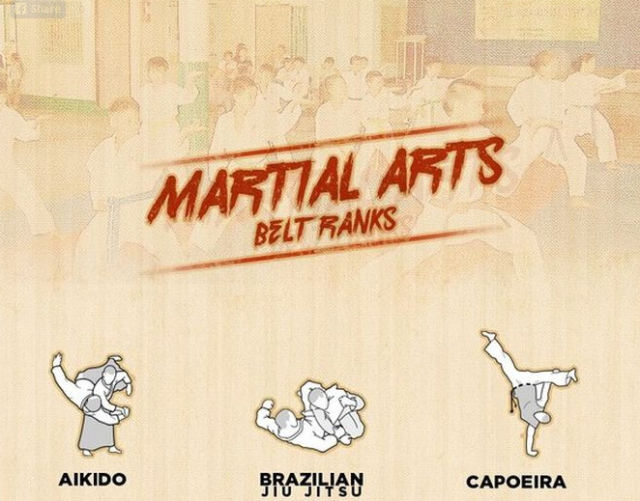Recognizing The Fundamental Differences Between Traditional Martial Arts And Modern Combat Sports
Recognizing The Fundamental Differences Between Traditional Martial Arts And Modern Combat Sports
Blog Article
Web Content Author-Kok Haagensen
When you think of martial arts, do you lean extra toward the typical methods or the modern-day combat sporting activities? https://patch.com/illinois/manhattan/manhattan-pd-offer-free-womens-self-defense-class offers distinct benefits and experiences, shaped by their approaches and training approaches. Traditional martial arts emphasize personal growth and technique, while modern-day fight sports focus on competitors and performance. Comprehending these differences can lead you in picking the appropriate approach for your journey. Yet how do these distinctions manifest in training and viewpoint?
The Philosophy and History Behind Traditional Martial arts
While many people connect martial arts with physical battle, the viewpoint and history behind typical martial arts run much deeper. You'll locate that these self-controls stress individual development, technique, and regard.
Originating from ancient techniques, conventional martial arts were often developed for Self-Defense and spiritual growth. They embody concepts such as equilibrium, harmony, and self-control, leading experts beyond simple fighting abilities.
As you educate, you'll not only find out strategies however likewise obtain insights right into the culture and values that shaped these arts. The routines and customs, typically passed down with generations, foster a feeling of area and belonging.
The Affordable Nature of Modern Combat Sports
Modern fight sports have actually changed the landscape of martial arts into an extremely affordable sector, where professional athletes challenge in an examination of skill, method, and endurance.
You'll observe that competitors are typically arranged with stringent guidelines and policies, ensuring fair game and security. These occasions bring in big audiences, sustaining the enjoyment and intensity of matches.
Athletes educate rigorously, not just for physical expertise however likewise for mental toughness, recognizing that every detail counts in the ring. The adrenaline thrill during competitions is palpable, as competitors push their limitations to declare victory.
Fans appreciate the athleticism and virtuosity entailed, making modern-day battle sporting activities a thrilling phenomenon that continues to advance and mesmerize fanatics around the world.
Training Methods and Strategies: A Comparative Analysis
The affordable ambience of modern-day combat sports needs innovative training methods that differ considerably from traditional martial arts.
In contemporary training, you'll concentrate on particular techniques, sparring, and conditioning, typically making use of drills that mimic actual fight situations. You'll see a focus on measurable efficiency and regular competition to evaluate your abilities.
On the other hand, standard martial arts prioritize forms, katas, and thoughtful teachings, frequently highlighting technique and respect over competition.
Training is typically much less extreme and might involve repetitive practice instead of real-time sparring.
While both approaches build skill and physical fitness, modern-day combat sporting activities offer an extra dynamic and adaptable training setting, preparing you for immediate difficulties in the ring or cage.
Choose the path that straightens with your objectives and rate of interests.
Verdict
In picking between standard martial arts and modern-day fight sporting activities, it actually boils down to what you value the majority of. If where can i watch the martial arts kid searching for individual development, self-control, and a sense of neighborhood, typical arts may be your finest fit. But if you prosper on competition and real-time challenges, modern fight sporting activities could be the means to go. Ultimately, both paths use one-of-a-kind advantages, so it's everything about straightening your training with your personal goals and rate of interests.
